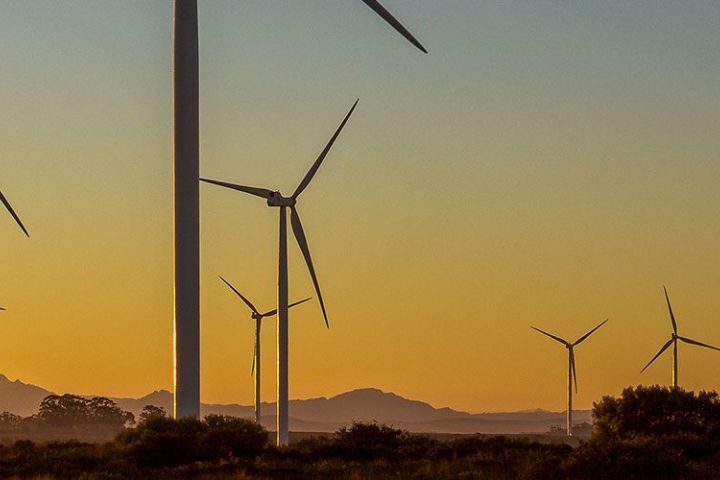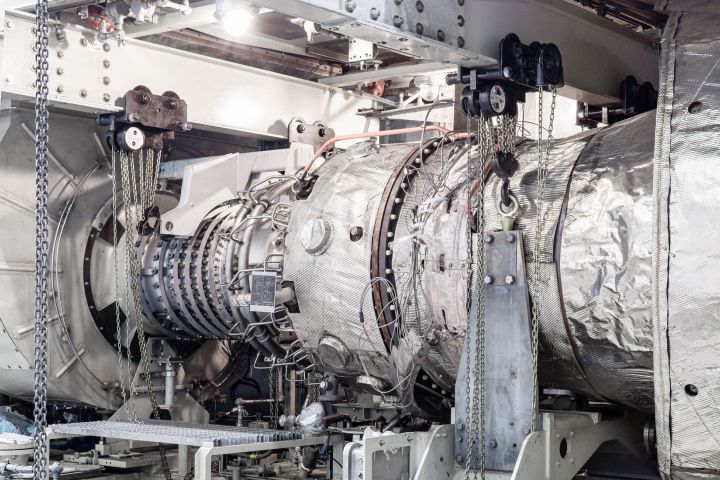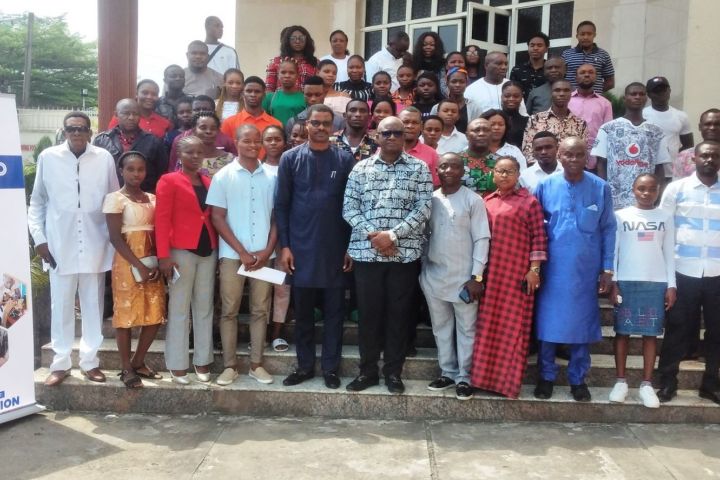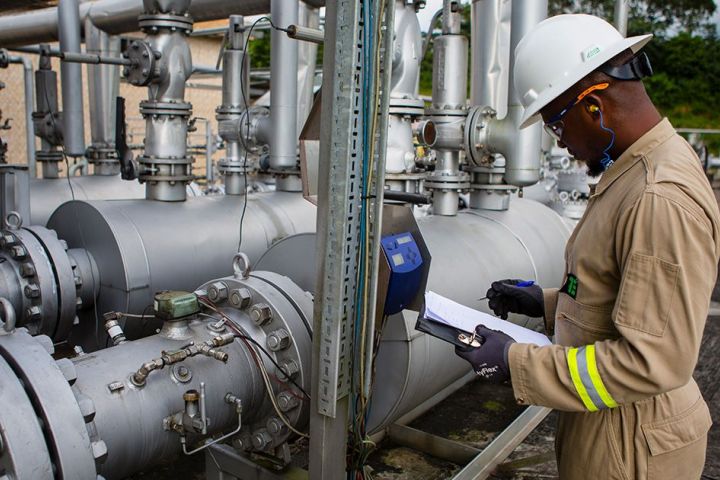Savannah believes that fossil fuels have a critical role to play in the energy transition in Africa.

Our approach
Our ambition in the fourth pillar of our sustainability strategy is to minimise our GHG emissions and manage our impacts on the environment. As an energy producer, we recognise that our
impacts extend beyond our direct operations to the transportation and use of our end-products.
Our GHG emissions consist of a range of gases which are all included in our carbon inventory. However, we realise that our environmental impacts extend beyond our GHG emissions and
so we also track best practice developments in sustainability reporting and the opinions of our stakeholders with respect to other environmental aspects such as impacts on biodiversity,
freshwater use, waste and local air quality. Our key focus is on meeting our regulatory obligations in the countries where we operate through a robust framework of policies, procedures, processes and controls.
Our Renewable Energy Division continues to grow with up to 696 MW of large-scale hydroelectric, solar and wind projects currently in motion.Targeting up to 1 GW+ of renewable energy projects in motion by end 2024 and up to 2 GW+ by end 2026.

Mitigating our environmental impacts
Beyond our GHG emissions, we recognise that oil and gas production can have other environmental impacts. We are pleased to report that in 2023 we had zero (2022: zero) operational hydrocarbon spills from operations (defined as not greater than one barrel) reaching the environment. We remain focused on avoiding any unplanned discharge that has negative environmental impacts.
We used approximately 10,592 m3 of freshwater in 2023 (2022: 8,3761 m3).
We aim to minimise any negative impacts on biodiversity. We operate four sites (2022: four) near or adjacent to protected areas of specific biodiversity value. As a result, we have put in place a Biodiversity Action Plan to minimise any impacts from our operations. In addition, for our new-build projects we carry out extensive Environmental and Social Impact Assessments (“ESIAs”) in order to identify and evaluate all aspects of the project affecting the local environment and community, and to help us develop management plans to mitigate any adverse impacts and maximise the benefits.

Reducing flaring
We continue to focus on projects to reduce flaring, which contributed 40% of our Scope 1 emissions in 2022. A project to upgrade the compressors and reduce flaring was implemented in Q4 2022. Recent production records show a daily average of approximately 0.8 MMscfpd is being exported to our Uquo Central Processing Facility rather than being flared, which avoids approximately 44 tonnes CO2e per day of GHG emissions.
2023 saw the introduction of the new Gas Flaring, Venting and Methane Emissions (Prevention of Waste and Pollution) Regulations 2023 in Nigeria. These regulations put in place a system of permits and increased fees for flaring, which apply to our operations. We have prepared a carbon and energy management plan detailing how we plan to minimise flaring at Stubb Creek, while we also plan to develop similar plans for our other operational assets in Nigeria.
Our annual reporting metrics
- Scope 1 GHG emissions in tonnes of CO2e.
- Scope 2 GHG emissions in tonnes of CO2e.
- Carbon intensity ratio in kg CO2e/boe.
- Carbon intensity ratio in tonnes of CO2e/’000 tonnes of hydrocarbons for Scope 1, 2 and 3.
- Carbon intensity ratio in g CO2e/MJ.
- Energy consumption in the United Kingdom in kWh.
- Number of operational hydrocarbon spills.
- Freshwater usage in m3.
2023 performance
- Our total direct GHG emissions (Scope 1) remained stable at 70,741 tonnes of CO2e (2022: 71,543 tonnes of CO2e).
- Our total indirect GHG emissions (Scope 2) were 63 tonnes of CO2e (2022: 61 tonnes of CO2e1).
- Our carbon intensity ratio was 10.7 kgCO2e/boe (2022: 9.7 kgCO2e/boe).
- Our carbon intensity ratio in tonnes of CO2e/’000 tonnes of hydrocarbons was 78.8 (2022: 71.1).
- Our gCO2/e/MJ carbon intensity ratio was 54.9 gCO2e/MJ (2022: 52.6 gCO2e/MJ) for Scope 1, 2 and 3.
- In the United Kingdom, we consumed 139,650 kWh of energy (2022: 112,586 kWh).
- Zero operational hydrocarbon spills (2022: zero).
- 10,592 m3 of freshwater usage (2022: 8,3761 m3).
2024 objectives
- Commence the Implementation of our carbon and energy management plan for Stubb Creek, including measures to reduce flaring to essential purge and pilot only.
- Develop carbon and energy management plans for our other operational assets in Nigeria.
- Following completion of potential acquisitions, integrate the new assets into our sustainability measurement and reporting framework and consider opportunities for better environmental stewardship of these assets.
1. Freshwater use figures for 2021 and 2022 restated.



